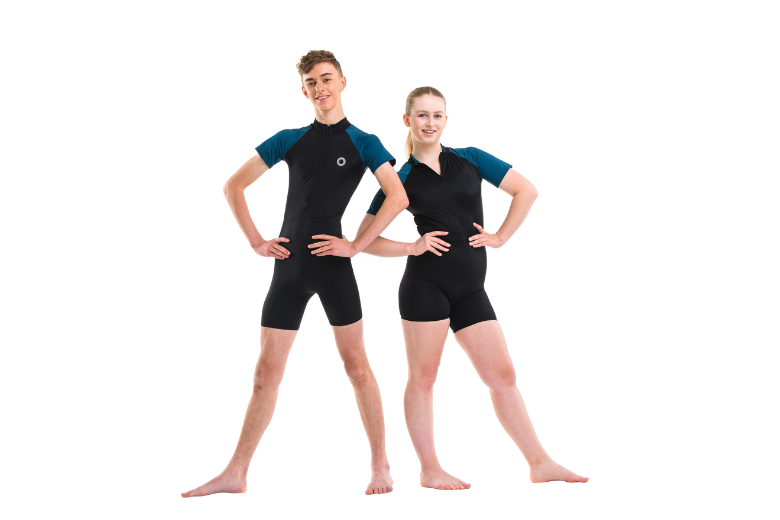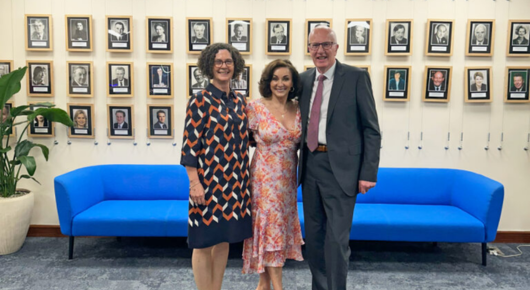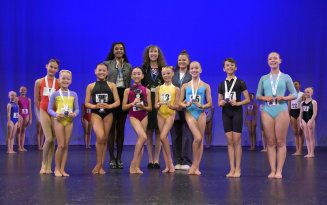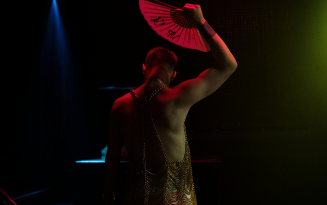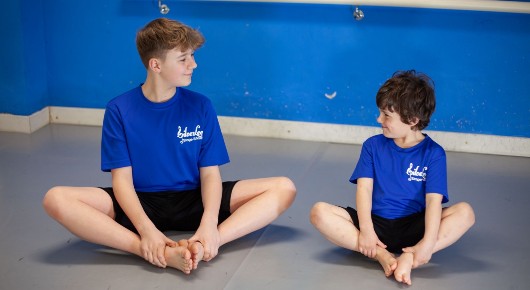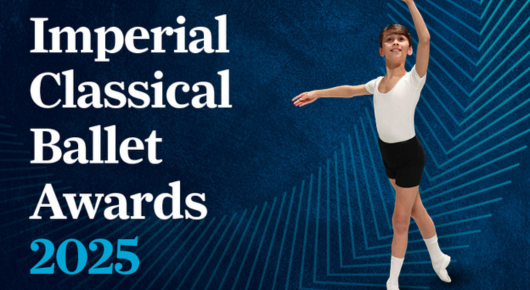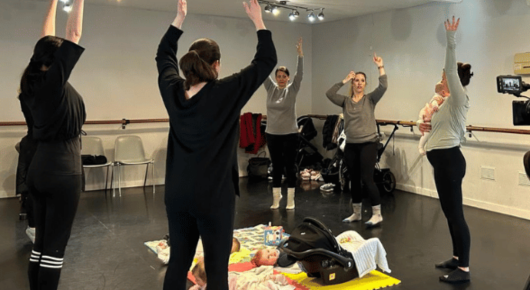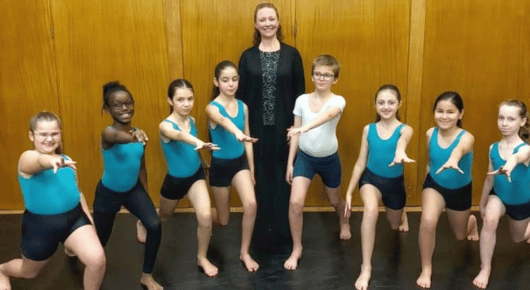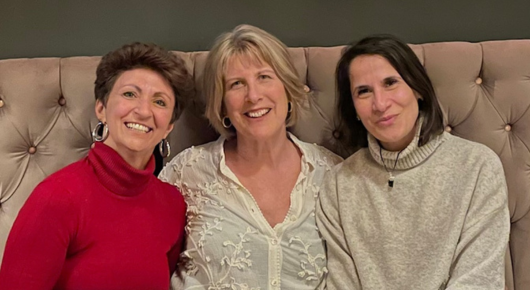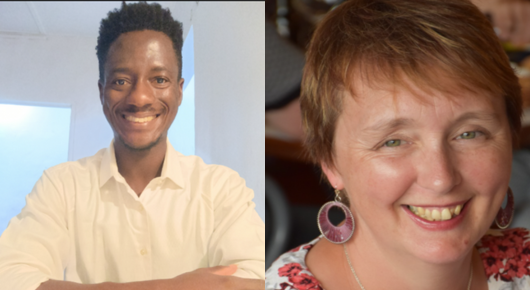13 December 2021
Juliet Diener is the Founder and CEO of icandance, a London-based charity that offers a creative, therapeutic dance community for children and young people with disabilities and their families.
When we think about communication, we often refer to language or our speech. Communication is not only about what we say but how we say it, why we say it and what our body ‘says’. When creating an inclusive dance community, communication is key to supporting the dancer with additional needs in feeling understood, heard, and accepted. This is needed before dancing has even begun. Communication can either enrich the inclusive dance space or create a barrier.
At icandance, we use a variety of approaches to better support the disabled dancer. I asked various members of our diverse community to share their ideas, from a lived experience, on best practice when communicating to dancers with a variety of needs. These are their suggestions:
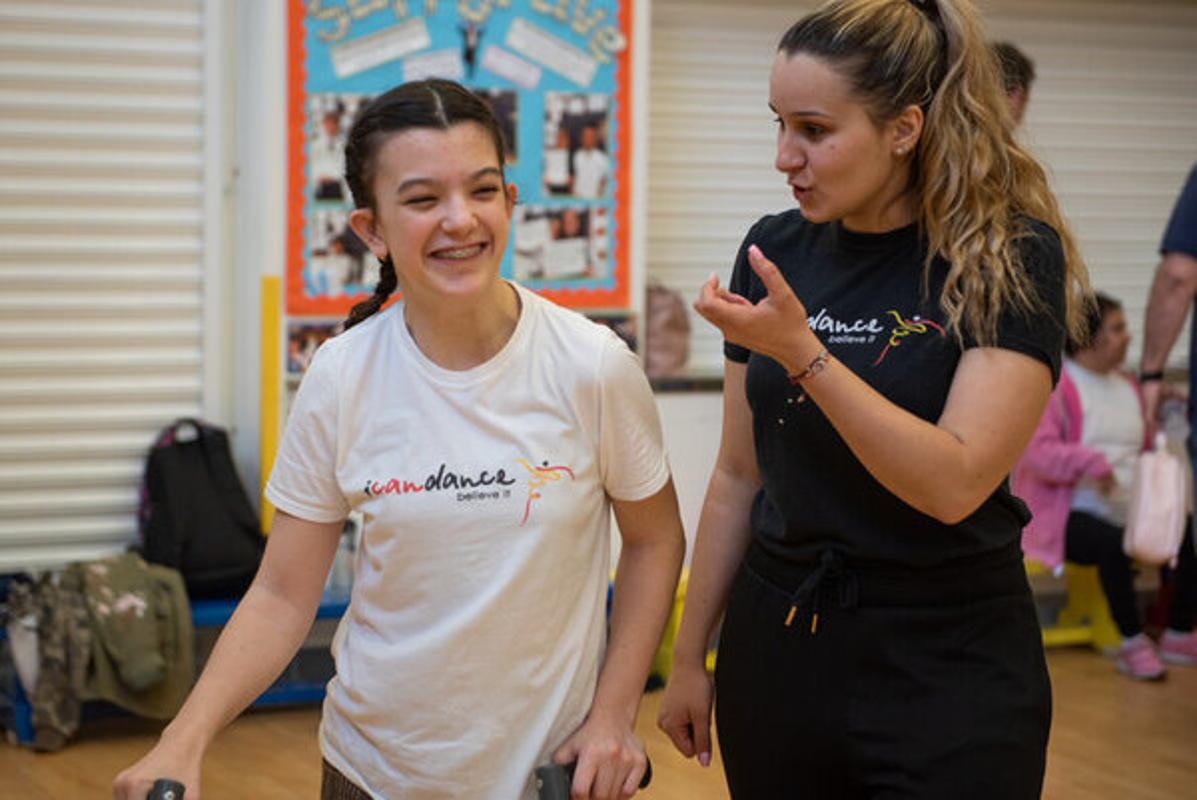
“Always communicate at eye level and show genuine interest in what the dancer is saying. This helps communication to be clearer and the conversation will flow. Something as simple as that can make such a difference.”
Emily, 17 years old, dancer and young ambassador
“Communicate normally, don’t make it too confusing. Don’t go too fast or too slow. Sometimes different accents take time to understand too.”
Rody, 17 years old, dancer and young ambassador
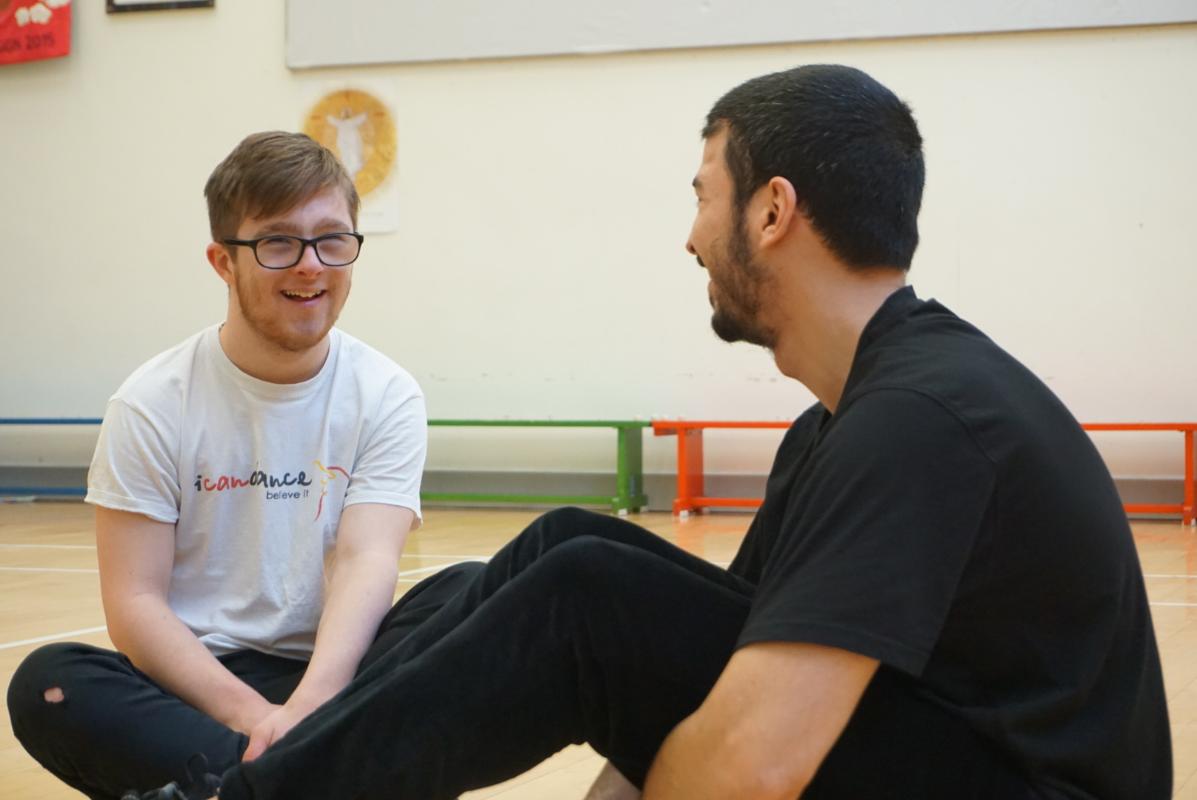
“It helps if I can follow your footsteps. I also like choosing some of the songs and helping my friends. It helps me feel powerful and included when dancing.”
Josh, 19 years old, dancer and young ambassador
“Speak as you would to any other dancer but keep in mind their needs. Be patient. Be careful not to offend or hurt them with the words you choose. Be mindful of the words you use.”
Cydney, age 16, icandance young ambassador and young volunteer
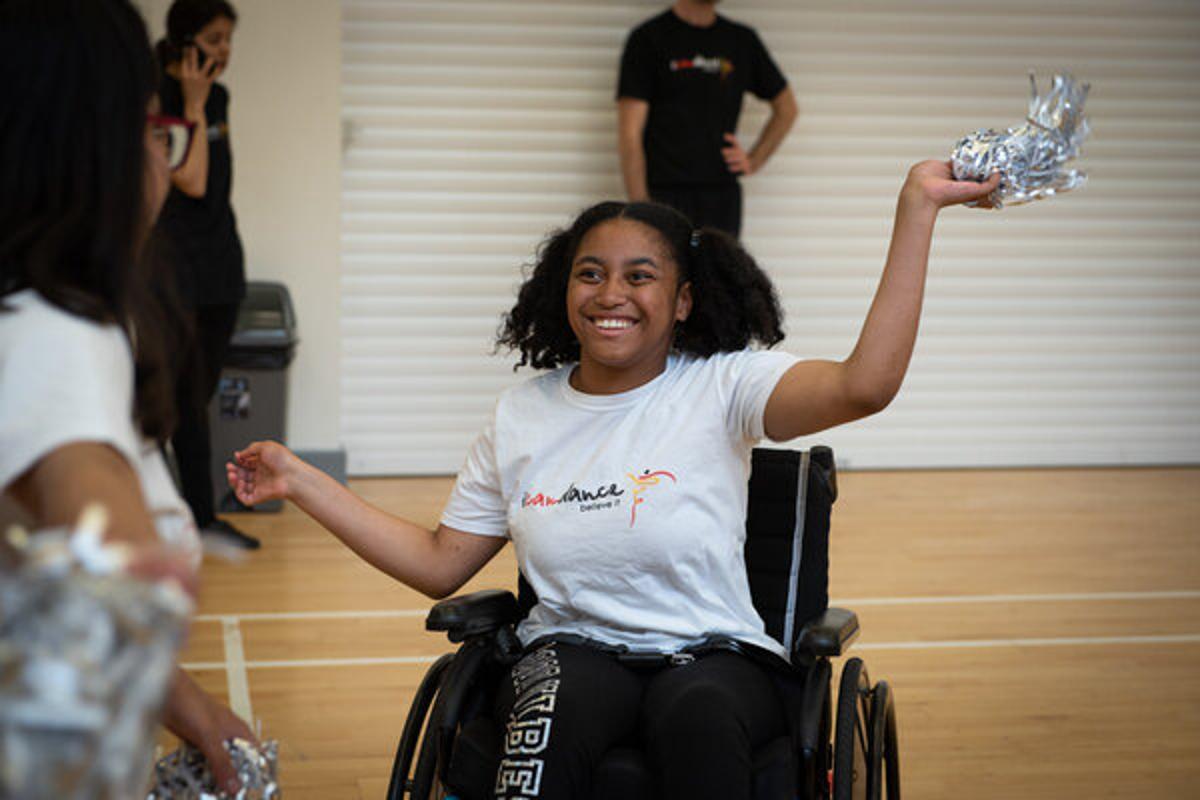
“It is really helpful if you come down to my level to talk so I don’t always have to break my neck looking up! Sometimes I get stuck on a word and I have my friend help me. My friend talks me through things step by step, and she always does this in a kind and supportive way. This really helps me.”
Denecia, 15 years old, dancer and young ambassador
“When working with young dancers, it is important that their creative ideas are explored in the sessions. It is essential that every dancer's contribution is included and valued, and every dancer is seen and heard equally.”
Emma, icandance facilitator
“Show genuine interest, take time to know the dancer on an individual level. It is important not to have just a general relationship but an emotional relationship too. Each dancer is different, so get to know who they are and what works best for them.”
Tejee, 16 years, Young Ambassador and Young VolunteeR
“All children want to be heard and listened to – even if the disability is a barrier, there is always a way to communicate. I always invite children in to talk to my daughter and ask about her interests, rather than embarrassed parents shuffling their children off. It is important to have an open dialogue. Communication can be through the eyes, touch, pointing to communication cards and so much more. We, as a society, just need to be open and inclusive and welcome differences and celebrate them rather than shy away from them.”
Dahlia, mum to dancer, Lulu
It is evident that communication is much more than what we say and more about how we listen, how we observe and then how we respond to each dancers’ need. Communication has a huge impact on how a dancer feels and how we encourage belonging regardless of difference.
Hand in hand with the emotional impact of communication is being informed and skilled. Here are some practical strategies for when communicating with dancers with disabilities:
- Check the dancer is ready to receive the communication
- Be ready to receive their response as it may be subtle or bold
- Review whether the environment is a communication friendly space. Check whether noise and distraction may stop the communication being delivered
- Focus on what is possible for the dancer by using positive verbal/non-verbal responses
- Say less and listen/observe more. What is their body telling you?
- Questions can be overwhelming so be selective of how you use them
- Avoid sarcasm and irony and focus on being clear and specific
- Allow time for communication to be processed and then responded to at a pace that is comfortable for the dancer
- Understand their communication style and adapt it to the dance space. The dancer may benefit from using Makaton or symbols or other communication aids
Finding the best means of communicating with a dancer is a partnership between the dance professional, the dancer, and their family. Working together to create an open, accessible, and inclusive dance experience for all.
Written by Juliet Diener
